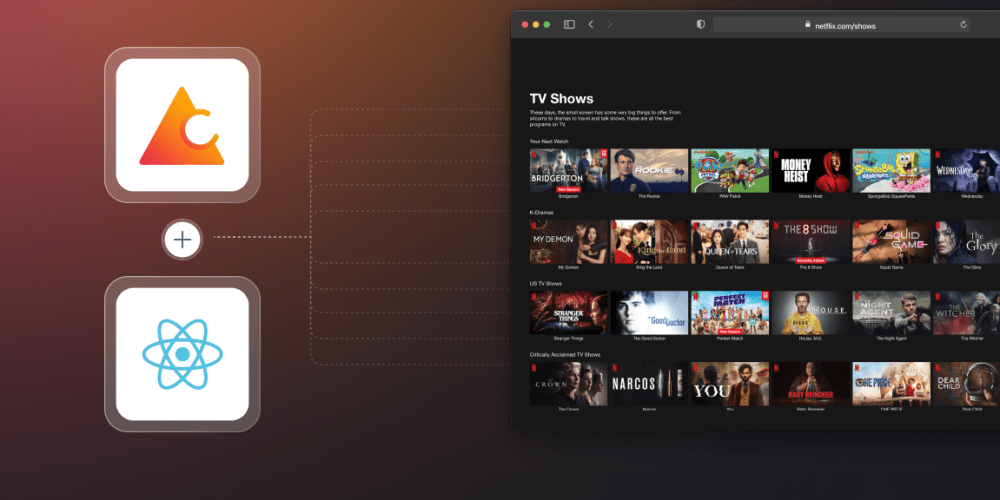Amazon Virtual Private Cloud (Amazon VPC) gives you full control over your virtual networking environment, including resource placement, connectivity, and security. Get started by setting up your VPC in the AWS service console. Next, add resources to it such as Amazon Elastic Compute Cloud (EC2) and Amazon Relational Database Service (RDS) instances. Finally, define how your VPCs communicate with each other across accounts, Availability Zones, or AWS Regions. In the example below, network traffic is being shared between two VPCs within each Region.
Amazon Virtual Private Cloud (VPC) is a service that lets you launch AWS resources in a logically isolated virtual network that you define. You have complete control over your virtual networking environment, including selection of your own IP address range, creation of subnets, and configuration of route tables and network gateways. You can use both IPv4 and IPv6 for most resources in your VPC, helping to ensure secure and easy access to resources and applications.
As one of AWS's foundational services, Amazon VPC makes it easy to customize your VPC's network configuration. You can create a public-facing subnet for your web servers that have access to the internet. It also lets you place your backend systems, such as databases or application servers, in a private-facing subnet with no internet access. Amazon VPC lets you to use multiple layers of security, including security groups and network access control lists, to help control access to Amazon Elastic Compute Cloud (Amazon EC2) instances in each subnet.


















